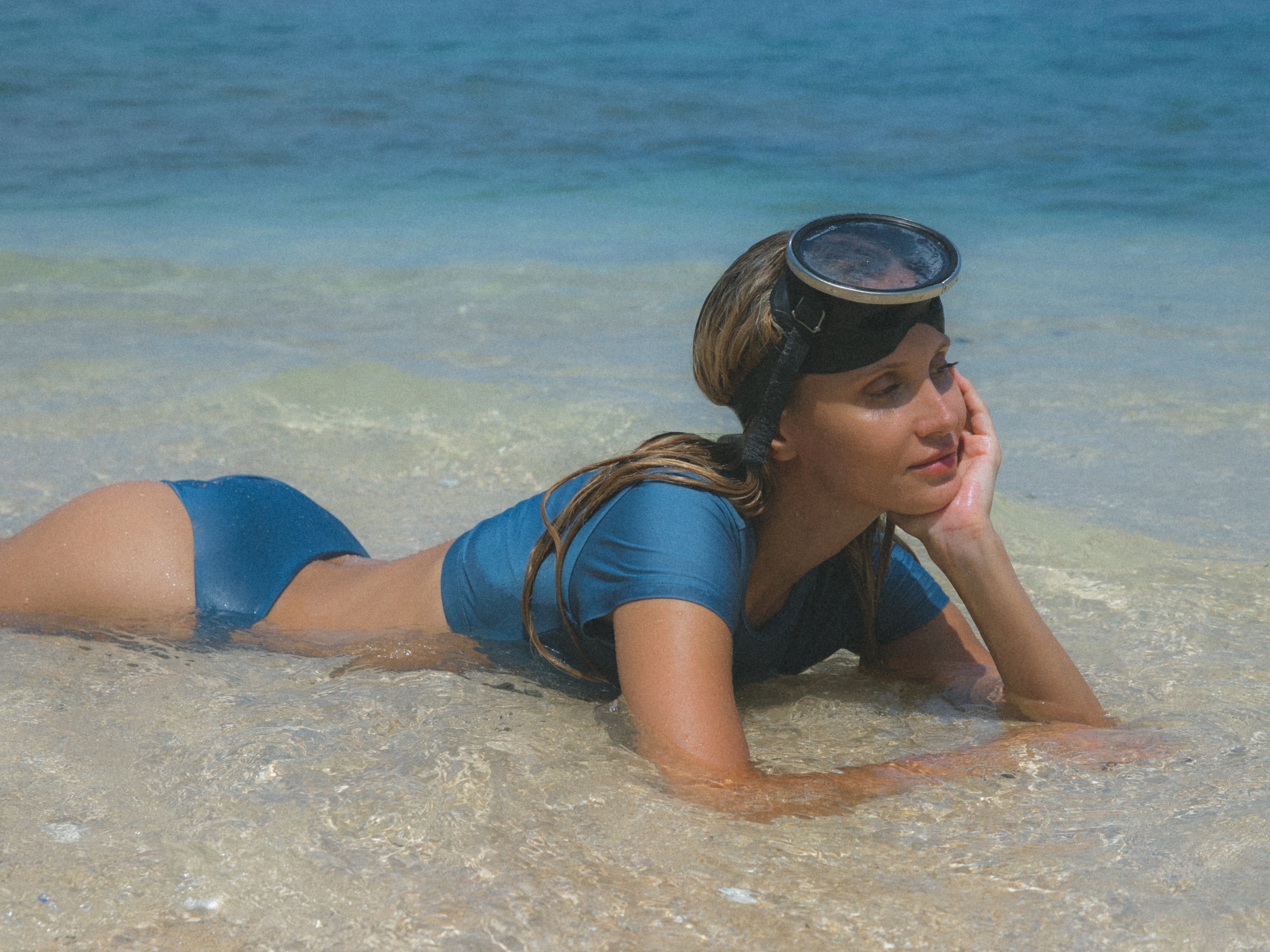Seeing manta rays is no doubt on many a diver’s bucket list. These large, acrobatic, graceful and harmless marine creatures capture the imagination and hearts of every one who has dived with them — and plenty of those who haven’t yet had the chance. Today, we just want to share a few really cool facts about them.
1 – INTELLIGENT ANIMALS
Did you know that manta rays have the largest brain/body ratio of any fish in the sea? Yup, that includes any other fish you can think of. It’s thought that their brain structure, unique among fish, might help to explain mantas social and curious natures. They display intelligent behaviour, such as coordinated and cooperative feeding, as well as social interactions.
2 – SELF RECOGNITION
Manta Rays may have self recognition, something only higher primates, elephants, dolphins and humans have. When captive manta rays had a mirror placed in their tank, they blew bubbles, which they normally don’t do. They also appeared to investigate their image in the mirror by turning their belly towards the mirror and swimming by the mirror repeatedly.
3 – THEY LOVE CAR WASH
Mantas seem to love being cleaned. They’ll return over and over again to specific cleaning stations to have smaller fishes, like wrasses and sergeant major fish, clean them of parasites.
4 – THEY JUMP HIGH
Manta Rays like to breach, but the reason why is still unknown. Scientists are unsure of why exactly these rays love projecting themselves out of the sea but there are many thoughts on this subject. The speculations:
1) impress potential mates
2) evade predators
3) control the amount of parasites attached to them
4) because they just like to.
We like to think its for fun!
5 – THEY ONLY EAT WHEN THERE‘S FOOD
A study conducted on the Great Barrier Reef in Australia estimated that manta rays only start feeding when a certain density of zooplankton is present in the water (in this case 11.2 mg of zooplankton per cubic metre of water).
6 – SWIMMING IS ESSENTIAL
Mantas have to swim constantly to stay alive – the forward propulsion flushes water over their gills.
7 – THEY ARE DEEP DIVERS
Reef mantas can dive really deep. At least 624 meters deep, to be exact. Why are they diving so deep? And why do some seem to consistently dive deeper than others? Are they feeding on deep planktonic food sources? Diving to escape predators? Or perhaps looking for mates? It is still a mystery.
8 – LIKE MOTHER LIKE DAUGHTER
Baby mantas are born looking like miniature adults, and receive no further care from their mothers. Fertilized eggs cases grow inside the mother until the pup is developed – this is estimated to take as long as one year, from mating to birth.
9 – THEY ARE BIG!
They are some of the largest animals in the ocean. Manta rays can weigh as much as 1,350 kg and have wingspans of up to 7 m.
And the last, not so cool fact is……
10 – UNDER THREAT FROM PLASTIC POLLUTION
Increasing human activities and use of waterways are putting added pressure on manta and devil rays. Injuries resulting from entanglement in fishing gear and boat strikes are very common in every monitored mobulid ray population across the globe, and the impacts of unregulated tourism activities (e.g. disruption of feeding or cleaning behaviour) yet remain to be quantified. The ever-increasing plastic waste released into the oceans in now also posing a threat to mobulid rays. As filter-feeders, these animals may be susceptible to ingesting marine pollutants and microplastics, with their habitats (including feeding grounds) often overlapping with microplastic pollution hotspots.













